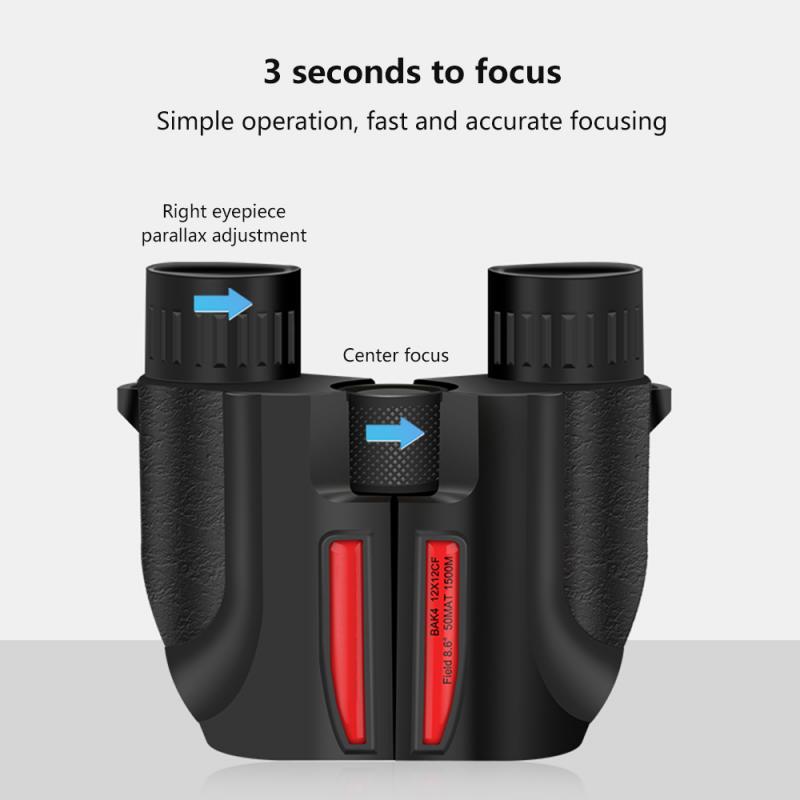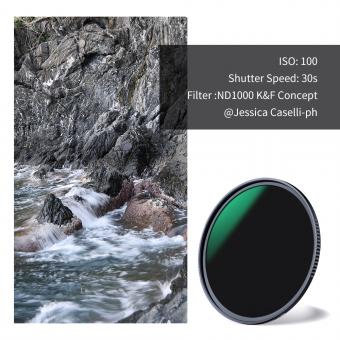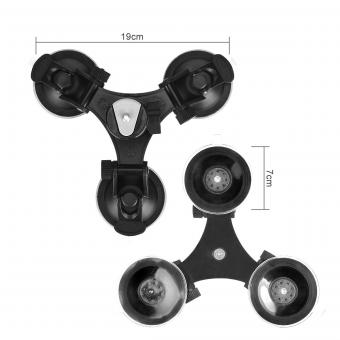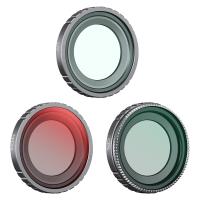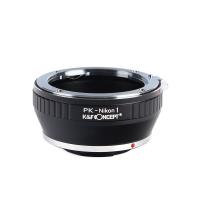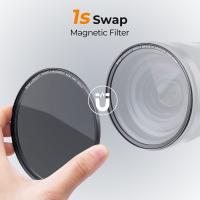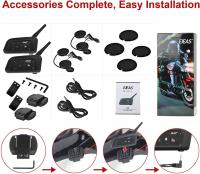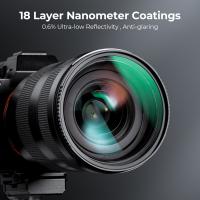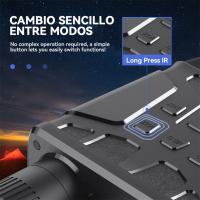What Are The Different Sizes Of Binoculars ?
Binoculars come in various sizes, typically categorized by the diameter of the objective lens. Common sizes include compact binoculars with objective lens diameter of 20-25mm, mid-size binoculars with 30-40mm objective lens, and full-size binoculars with objective lens diameter of 42-50mm. Larger sizes, such as 50-70mm objective lens, are often used for specialized purposes like astronomy or marine observation.
1、 Compact binoculars
Compact binoculars are a popular choice among outdoor enthusiasts, travelers, and sports enthusiasts due to their portability and convenience. These binoculars are designed to be lightweight and compact, making them easy to carry around and store. They are ideal for activities such as birdwatching, hiking, and attending sporting events.
The sizes of compact binoculars can vary, but they typically have objective lens diameters ranging from 20mm to 32mm. The objective lens diameter determines the amount of light that enters the binoculars, which in turn affects the brightness and clarity of the image. Compact binoculars with larger objective lens diameters tend to provide better image quality, especially in low-light conditions.
In recent years, there has been a trend towards smaller and more compact binoculars. Manufacturers have been able to achieve this by incorporating advanced optics and materials, resulting in smaller and lighter binoculars without compromising on performance. Some of the latest compact binoculars on the market are incredibly small and can easily fit in a pocket or purse.
However, it is important to note that while compact binoculars are convenient, they may not provide the same level of image quality and field of view as larger binoculars. The smaller objective lens diameter limits the amount of light that enters the binoculars, which can affect the brightness and clarity of the image. Additionally, the smaller size may also result in a narrower field of view, making it more challenging to track moving objects.
Ultimately, the choice of binocular size depends on personal preference and the intended use. Compact binoculars are a great option for those who prioritize portability and convenience, but for those who require the highest level of image quality and performance, larger binoculars with larger objective lens diameters may be more suitable.

2、 Mid-size binoculars
Mid-size binoculars are a popular choice among outdoor enthusiasts, birdwatchers, and travelers due to their compactness and versatility. These binoculars typically have objective lens diameters ranging from 30mm to 42mm, making them larger than compact binoculars but smaller than full-size binoculars. The magnification power of mid-size binoculars usually ranges from 7x to 10x, providing a good balance between image stability and field of view.
The 30mm to 32mm mid-size binoculars are the smallest in this category, offering a lightweight and portable option. They are ideal for daytime activities such as hiking, wildlife observation, and sporting events. However, their smaller objective lenses may limit their performance in low-light conditions.
The 42mm mid-size binoculars are the largest in this category, offering a brighter and more detailed view. They are suitable for a wide range of activities, including birdwatching, hunting, and stargazing. The larger objective lenses allow more light to enter, resulting in better image quality, especially in low-light situations.
In recent years, there has been a trend towards compact mid-size binoculars with 32mm to 36mm objective lenses. These models offer a good compromise between portability and performance, making them a popular choice for travelers and outdoor enthusiasts. They are often equipped with advanced features such as image stabilization, waterproofing, and high-quality optics.
It's worth noting that the size and weight of mid-size binoculars can vary between different brands and models. Some manufacturers prioritize compactness, while others focus on maximizing performance. Therefore, it's important to consider your specific needs and preferences when choosing the right size of mid-size binoculars for you.
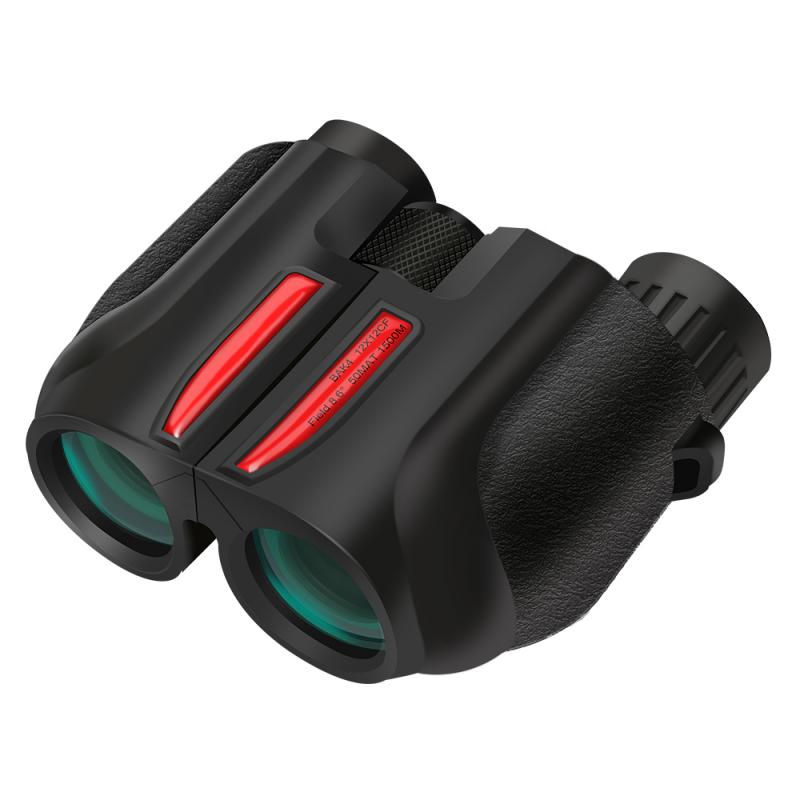
3、 Full-size binoculars
Full-size binoculars are one of the most common types of binoculars available in the market. They are designed for a wide range of outdoor activities such as birdwatching, hunting, and stargazing. The main characteristic of full-size binoculars is their larger objective lens diameter, typically ranging from 42mm to 56mm. This larger objective lens allows more light to enter the binoculars, resulting in brighter and clearer images.
The most popular size of full-size binoculars is 42mm, which strikes a good balance between portability and light-gathering capability. These binoculars are often preferred by birdwatchers and nature enthusiasts due to their versatility and ease of use. They provide a wide field of view and are comfortable to hold for extended periods.
However, there are also larger full-size binoculars available with objective lens diameters of 50mm and 56mm. These binoculars are ideal for low-light conditions, such as stargazing or observing wildlife at dusk or dawn. They offer superior light-gathering capabilities, resulting in brighter images and better visibility in dimly lit environments.
It is worth noting that advancements in technology have led to the development of compact and lightweight full-size binoculars. Manufacturers have been able to reduce the size and weight of these binoculars without compromising on optical performance. This makes them more convenient to carry and use for extended periods, especially during outdoor activities that require mobility.
In conclusion, full-size binoculars come in various sizes, with objective lens diameters ranging from 42mm to 56mm. The choice of size depends on the specific needs and preferences of the user, as well as the intended use of the binoculars.
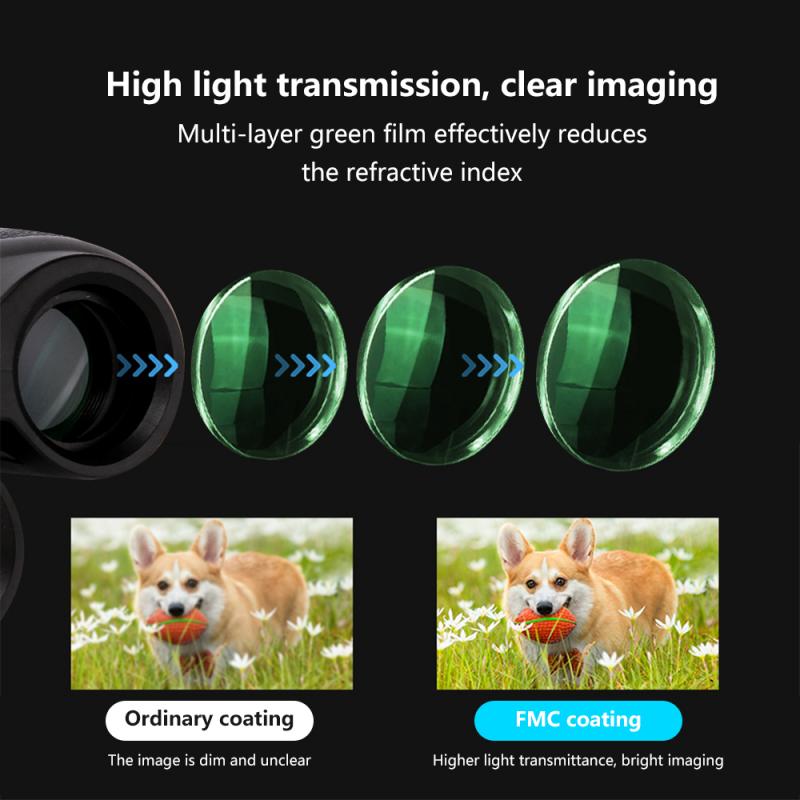
4、 Giant binoculars
The different sizes of binoculars vary depending on their intended use and the preferences of the user. Binoculars come in a range of sizes, from compact models that can easily fit in a pocket to larger, more powerful ones known as giant binoculars.
Giant binoculars, as the name suggests, are significantly larger than standard binoculars. They typically have objective lenses with diameters of 70mm or more, which allows for a greater amount of light to enter the binoculars, resulting in brighter and clearer images. The larger size also means that giant binoculars can have higher magnification capabilities, often ranging from 15x to 25x or more.
These larger binoculars are commonly used for specific purposes such as astronomy, birdwatching, or long-range observation. Their increased magnification and light-gathering abilities make them ideal for observing distant objects or celestial bodies. However, due to their size and weight, giant binoculars are less portable and may require the use of a tripod or other stabilizing equipment for extended use.
In recent years, there have been advancements in technology that have allowed for the development of more compact giant binoculars. These models aim to provide the same level of performance as their larger counterparts while being more portable and user-friendly. They often incorporate features such as image stabilization and lightweight materials to enhance the overall experience.
Ultimately, the choice of binocular size depends on the specific needs and preferences of the user. Compact binoculars are great for everyday use and travel, while giant binoculars offer enhanced magnification and light-gathering capabilities for specialized applications.
